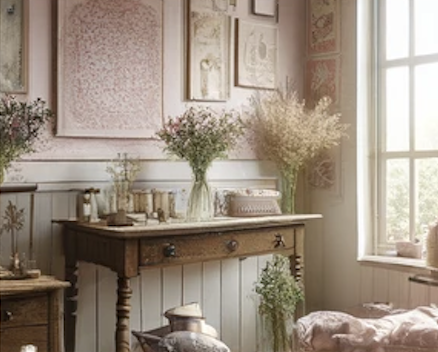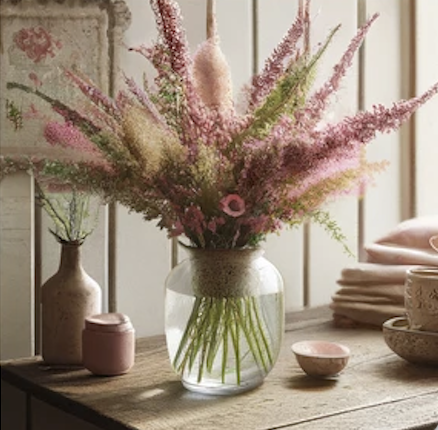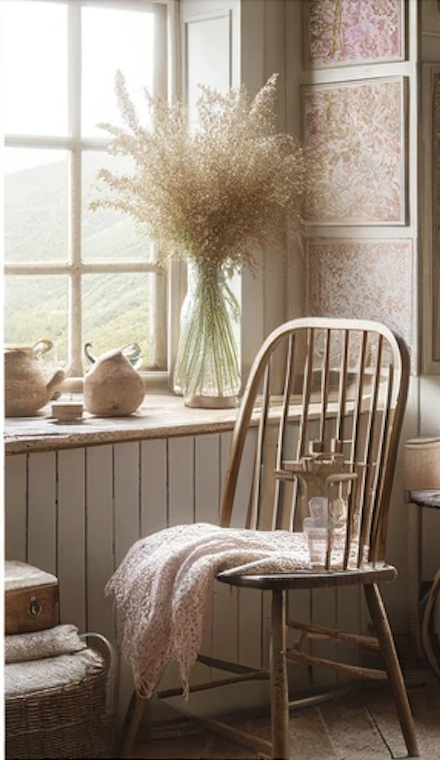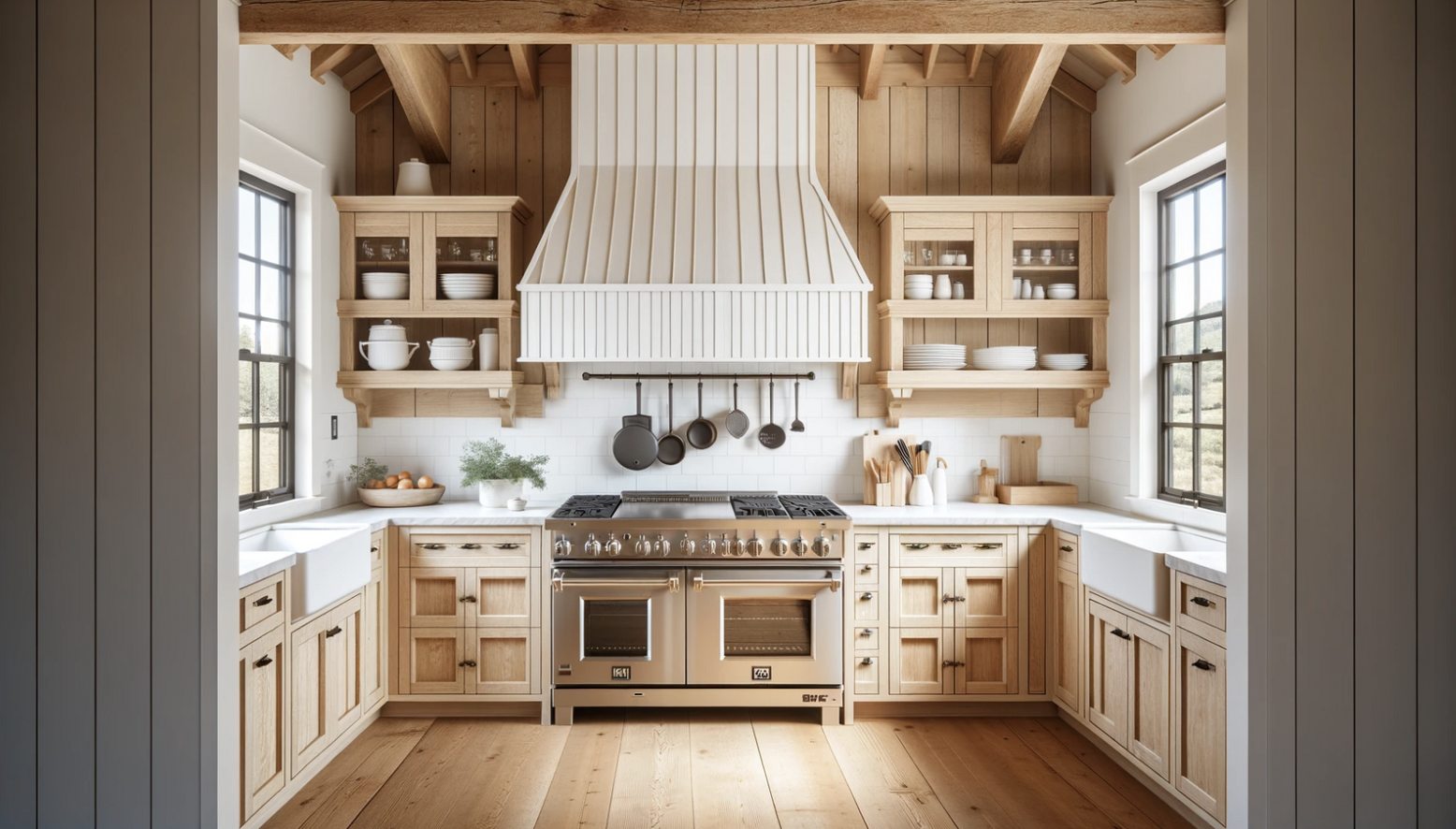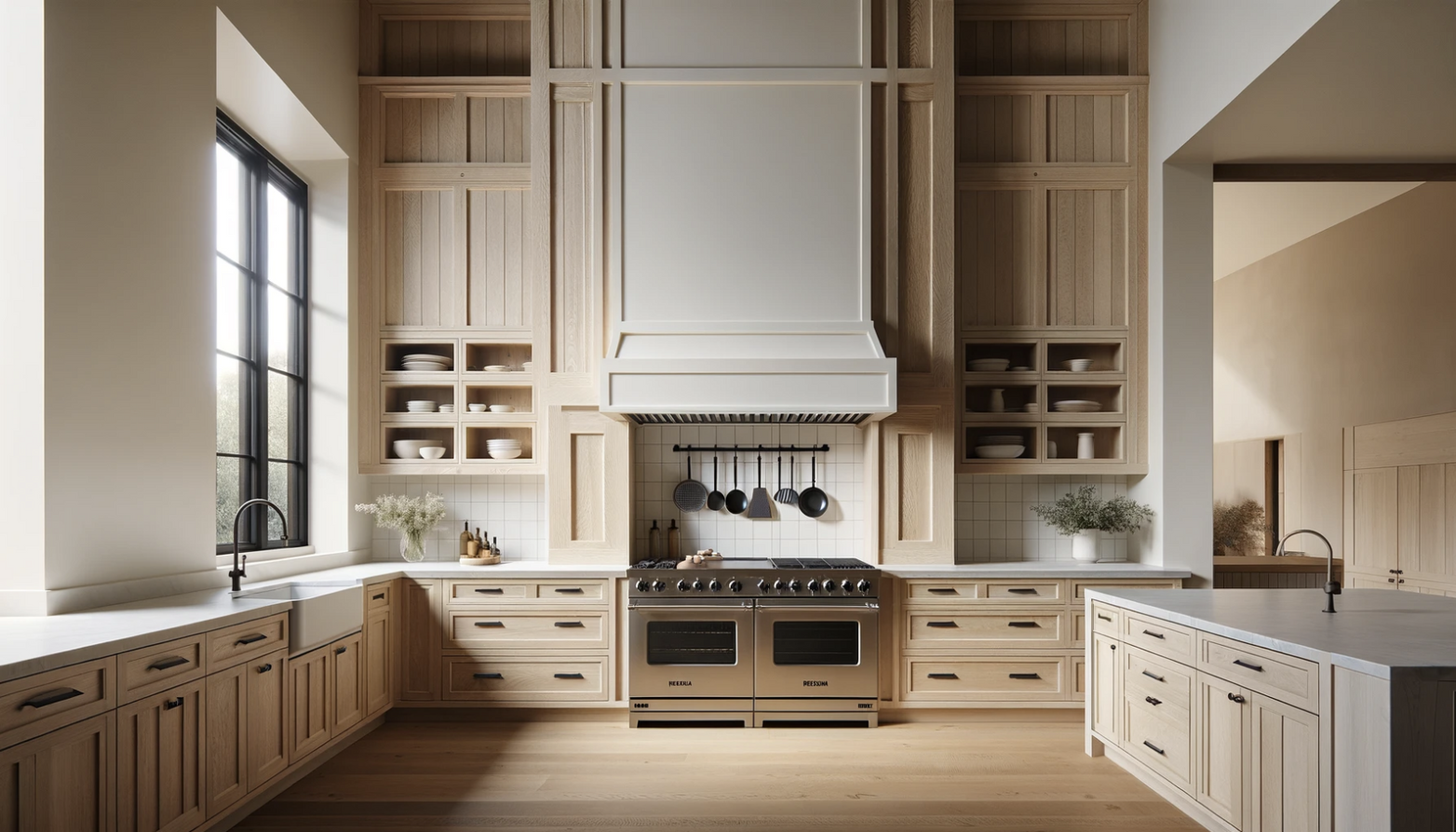Every year, as the count down to the New Year is coming, the world of interior design eagerly anticipates the unveiling of the latest trends. Magazines, websites, and social media platforms buzz with excitement as experts predict what's in and what's out for the upcoming year. It's all people want to talk about, similar to fashion influencers and magazine dissecting the latest runway collections. But among the flurry of predictions and proclamations, there's an underlying truth that often gets overshadowed: the subjectivity of trends.
Remember when chevron’s were literally EVERYWHERE?!…. (this Missoni pattern is so chic)
…They aren’t a trendy pattern they are timeless when executed correctly (i.e. this Phillip Jeffries Wallpaper)
Trends, by their very nature, are fluid and ever-evolving. What's considered chic and stylish one year may be deemed passé the next. But this is the beauty of interior design: its subjectivity allows for endless creativity and personal expression. A trend, whether it's minimalist Scandinavian design or opulent maximalism, is merely a starting point—a canvas upon which to unleash your imagination.
Also this arabesque patterned tile. It was trendy and everywhere for a while but it’s a classic pattern. Amber Interiors executed it perfectly in this space.
But perhaps the most intriguing aspect of trends is their flexibility. Something can be "trendy" if executed with other trends or in an overwhelming way, yet it can also rise above a fleeting trend to become a timeless classic. Take, for example, the resurgence of mid-century modern design. While its popularity may wax and wane over the years, the fundamental principles of clean lines, organic shapes, and functional beauty remain eternally relevant. Similarly, a bold color palette or avant-garde decor element can exude timeless elegance when integrated seamlessly into a space.
The key to rising above trends lies in the execution. It's not about blindly following the latest fads, but rather about understanding your own tastes and sensibilities. By curating a space that speaks to your individuality and style, you can create a home that stands the test of time.
So, the next time you find yourself caught up in the whirlwind of trend forecasts, remember that true luxury lies not in following trends, but in the art of interpretation. Embrace the subjectivity of trends, and dare to make your mark on the world of interior design. After all, elegance is timeless, no matter the era.








